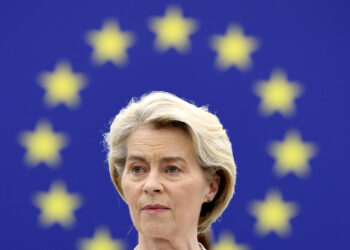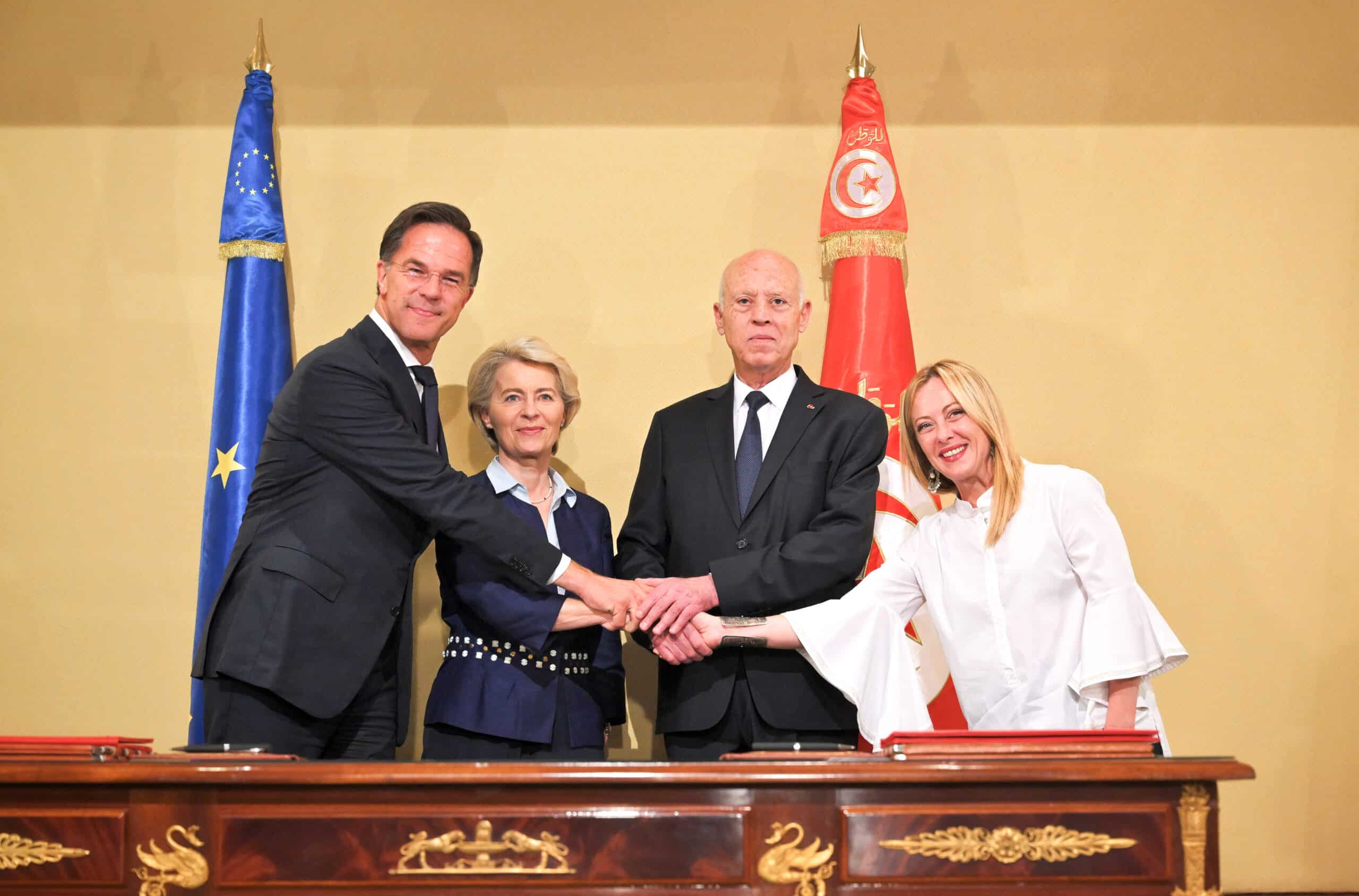Brussels – The European Commission’s in-house science service, the Joint Research Centre (JRC), has published two studies providing an overview of wind and ocean energy market as well as technology trends, showcasing considerable progress made in the EU over the past few years. First, the Ocean Energy Status Report – 2016 Edition looks closely at tidal stream and wave energy technologies, which progressed significantly in 2016, culminating in the creation of the very first ocean energy farms. Second, the Wind Energy Status Report – 2016 Edition shows that global wind energy capacity more than doubled to 430 GW in 2015 from 5 years earlier. “These studies show that we remain on the right track in our goal to provide clean energy for all Europeans. This also affirms that the energy transition to renewables is no longer a mere vision but a tangible reality where Europe is in the lead”, said Maroš Šefčovič, Vice-President for the Energy Union.
The Ocean Energy Status Report emphasises that fast progress was possible in part due to the increased support to overcome technological and financial barriers for deployment across the European energy system. The EU is the global leader in the development of ocean energy technologies, hosting 52% of all tidal stream and 60% of all wave energy developers in the world. The Wind Energy Status Report shows that all of the EU’s wind energy capacity (about 140 GW or a third of the global total) is connected to the grid, making Europe the global leader in supplying wind energy. The EU also leads the world in offshore capacity, accounting for about 90% of all newly completed projects in the world, with the UK, Germany and Denmark in the lead.


![Ursula von der Leyen. La presidente uscente della Commissione europea cerca l'inizio del secondo mandato con il voto del Parlamento europeo alla squadra di commissari [foto: European Commission]](https://www.eunews.it/wp-content/uploads/2024/11/vld-2411-350x250.jpg)



![La presidente della Commissione europea, Ursula von der Leyen, in Aula per il discorso sullo Stato dell'Unione [Strasburgo, 15 settembre 2021]](https://www.eunews.it/wp-content/uploads/2021/09/vdl9.png)





![Una donna controlla le informazioni sul cibo specificate sulla confezione [foto: archivio]](https://www.eunews.it/wp-content/uploads/2014/12/Etichette-alimentari.jpg)
